About Our Islands
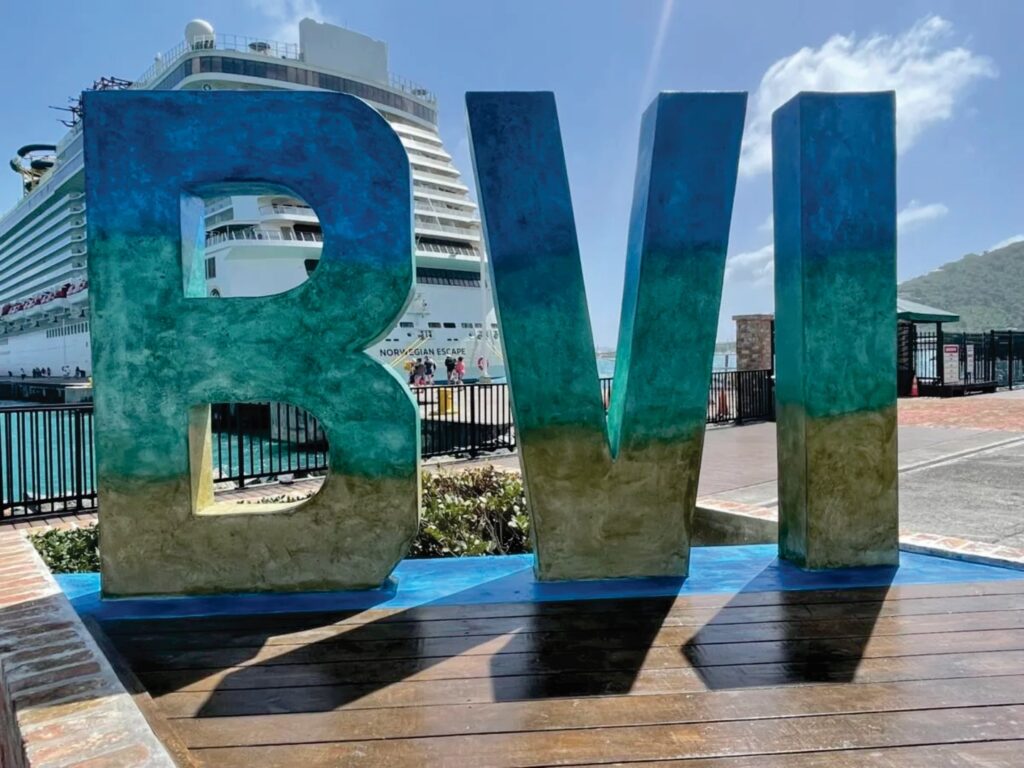
The Virgin Islands are still popularly known as The British Virgin Islands or BVI. The archipelago of some 60 islands, islets and cays are separate from the neighboring United States Virgin Islands or USVI. They have their own almost autonomous system of government and two vibrant pillars of economic stability.
Amerindians passed through the Virgin Islands for centuries before the arrival of western explorers in the 15th century. Evidence of these nomadic people has been found in the northwest of Tortola at Belmont and Smuggler’s Cove.
In 1493 Christopher Columbus sailed into the Virgin Islands on the anniversary of Saint Ursula who was martyred for fighting off marauding huns with the help of 11,000 virgins who were eventually slaughtered, so the legend goes. The name is appropriate indeed since the islands, even today, are pristine and largely untouched by the ravages of modern 21st century life. It was Columbus who named the islands Santa Ursula y las Once Mil Vírgenes (Saint Ursula and her 11,000 Virgins), shortened to Las Vírgenes (The Virgins). When approaching the islands from the northwest the profile of Virgin Gorda resembles a fat person lying on their back, hence the Fat Virgin (Virgin Gorda).
The ensuing years saw the archipelago change from Dutch administration to British in 1672. The islands became a plantation economy with slaves from Africa providing the labour. Slave revolts were fairly common until emancipation finally came in 1834. This led to economic difficulties and many plantation owners left and returned to England whilst the islanders resorted to fishing and farming. However, the population was still governed by the British government with unacceptable controls and restrictions.
After protests a legislative council was established by the British in 1950 under a new constitution and this was again updated in 1967 with a democratically elected ministerial government and now with a Premier at its head. A governor was and is appointed by the king as his personal representative as well as being chairman of the cabinet.
TORTOLA
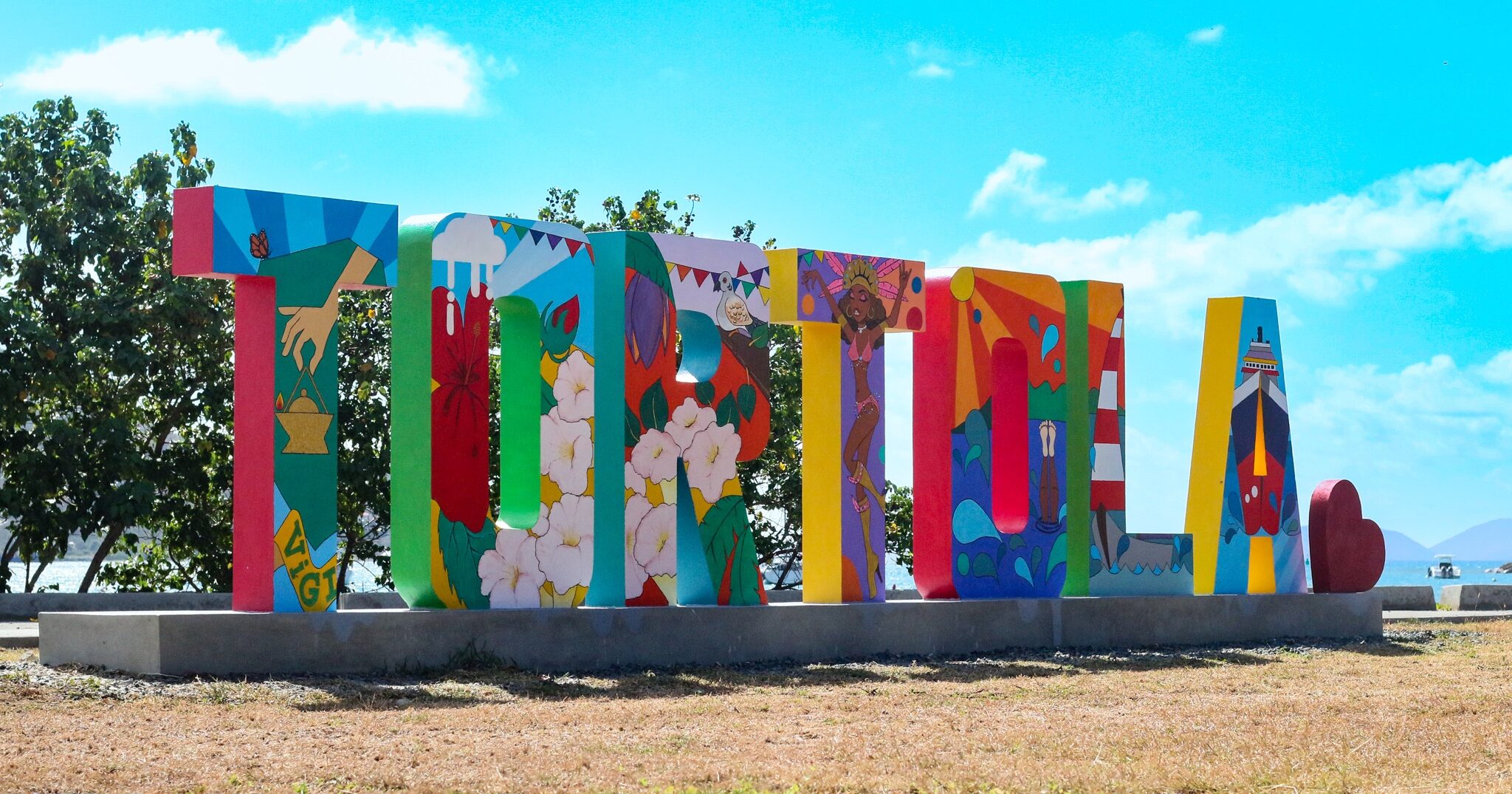
Tortola has a population of close to 30,000. It’s a mountainous island with verdant green hillsides and steep and winding roads providing spectacular views. Sage Mountain is 1,716 feet high and home to Tortola’s unique national park. The north shore is dotted with beautiful sandy beaches. Road Town is the capital of the BVI and the seat of the territory’s government. It is also home to the many offices providing financial services for offshore investors. It is a bustling centre with a busy cruise ship pier, shops and tourist related services. Several marinas and yacht charter operations are based here alongside a selection of fine restaurants.
JOST VAN DYKE
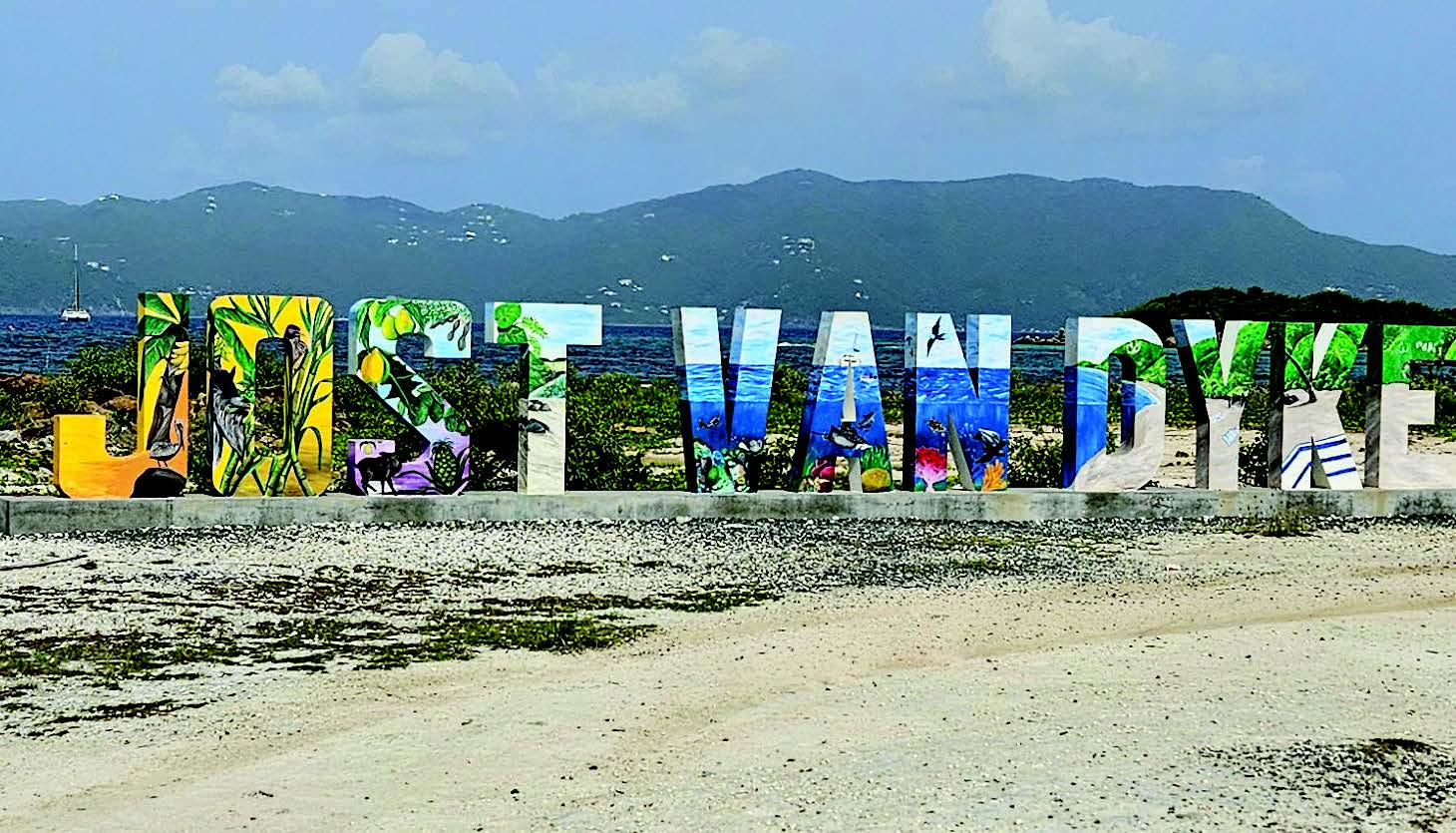
Jost Van Dyke got its name from a Dutch privateer who inhabited the island in the early 17th century and continued his exploits even after the British seized control of the territory in 1672. The island lies about five miles northwest of Tortola and is associated with Virgin Gorda’s Little Dix, which formally was named Little Dyke’s, a reference to a secondary base used by the Dutch seaman. The island is volcanic, and its main industry was cotton. An ingenious Quaker, John Coakley Lettsome was born on neighboring Little Jost Van Dyke in 1744. At an early age he was sent to England to be educated. During an illustrious career he founded the Medical Society of London and the Royal Humane Society. Today Jost Van Dyke is a popular tourist destination with a spectacular white sand beach, White Bay, lined with eateries and beach bars. The BVI’s most renowned party bar is Foxy’s in Great Harbor. There are two outlying sandy cays popular with day trippers.
VIRGIN GORDA
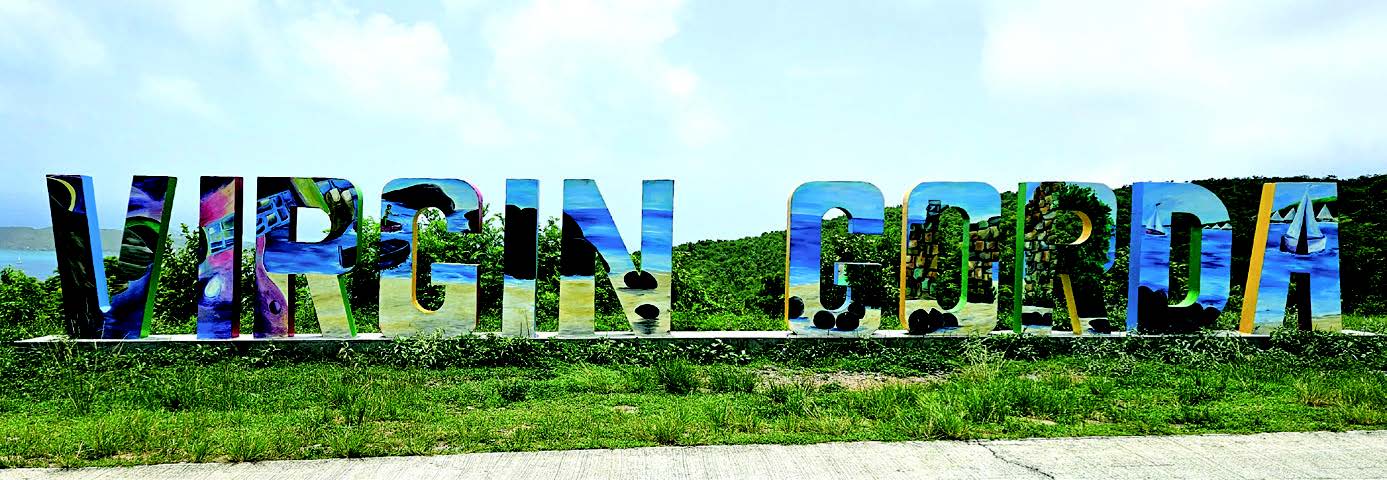
Virgin Gorda is the third largest island in the group and second in population; its geology is unique. Millennia ago, at the southern end of the island faulting and uplifting of the earth’s crust caused huge, house-sized boulders of granite to be spewed on to the landscape producing what is known today as the Baths. There are trails both above and below the sea, great for walkers and snorkelers alike. The rock formations and natural sculptures are a sight not to be missed. The ruins of an old copper mine attest to the presence of minerals. The snorkeling off Virgin Gorda’s west coast is some of the best in the islands. The coast rises up to Virgin Gorda Peak, at 1359-ft and offers spectacular views. At the northeast end of the island lies the Sound, a large body of protected water known as Billionaires’ Playground. Stunning properties and villas are seen here and celebrity/owners like Richard Branson, Larry Page and Melinda Gates are often seen enjoying the good life.
ANEGADA
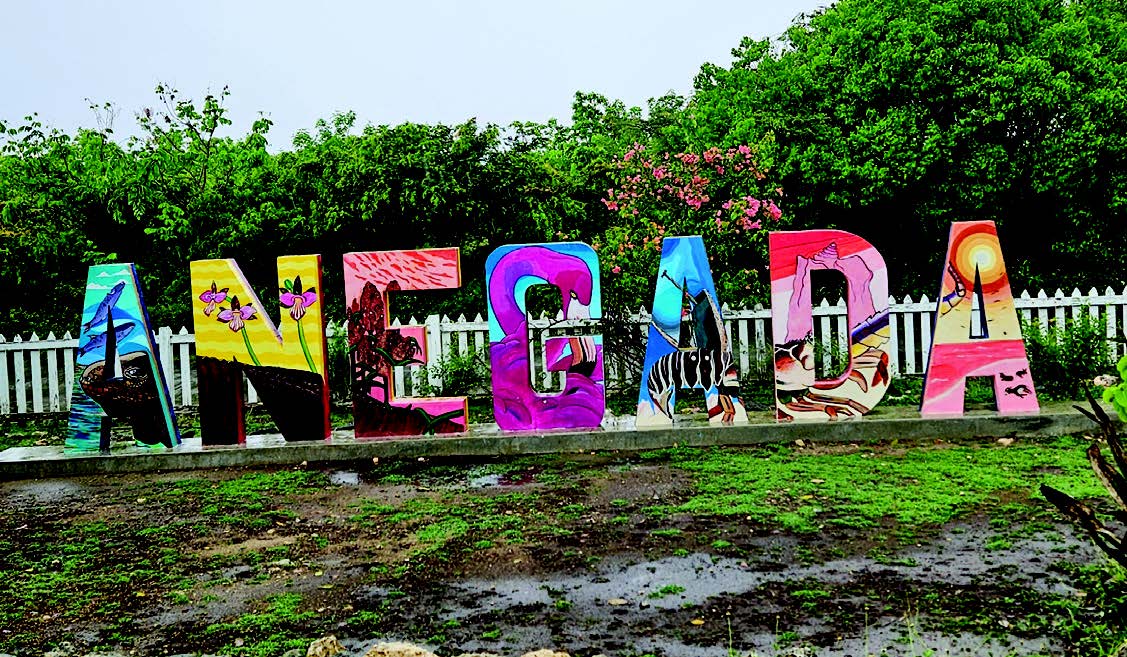
Anegada is often called the drowned island; its highest point is 28-ft., and the interior is dotted with salt ponds. The island’s perimeter is almost one long sandy beach. Horseshoe reef starts here and bends down close to Virgin Gorda. It provides the habitat for the Anegada lobster for which Anegada’s seafood restaurants are famous. The reef also provides protection for a pleasant two-hour sail to and from Virgin Gorda. Anegada is home to a large flock of pink flamingos and a unique rock iguana found nowhere else in the world. Bone fishing is popular on Anegada; the habitat is perfect. Conch shell mounds are found just off-shore in the water at the island’s east end. They are believed to be pre-Columbian and specifically placed to prevent the cessation of procreation.
SISTER ISLANDS
The BVI has many sister islands and cays, and many have their own interesting story. There’s a treasure island, a salt island and an island once famous as the home of a famous author – and there are more.
For lovers of sailing, islands and their history, the sea and exploration, there is no better place than the BVI. Come and see for yourself.
